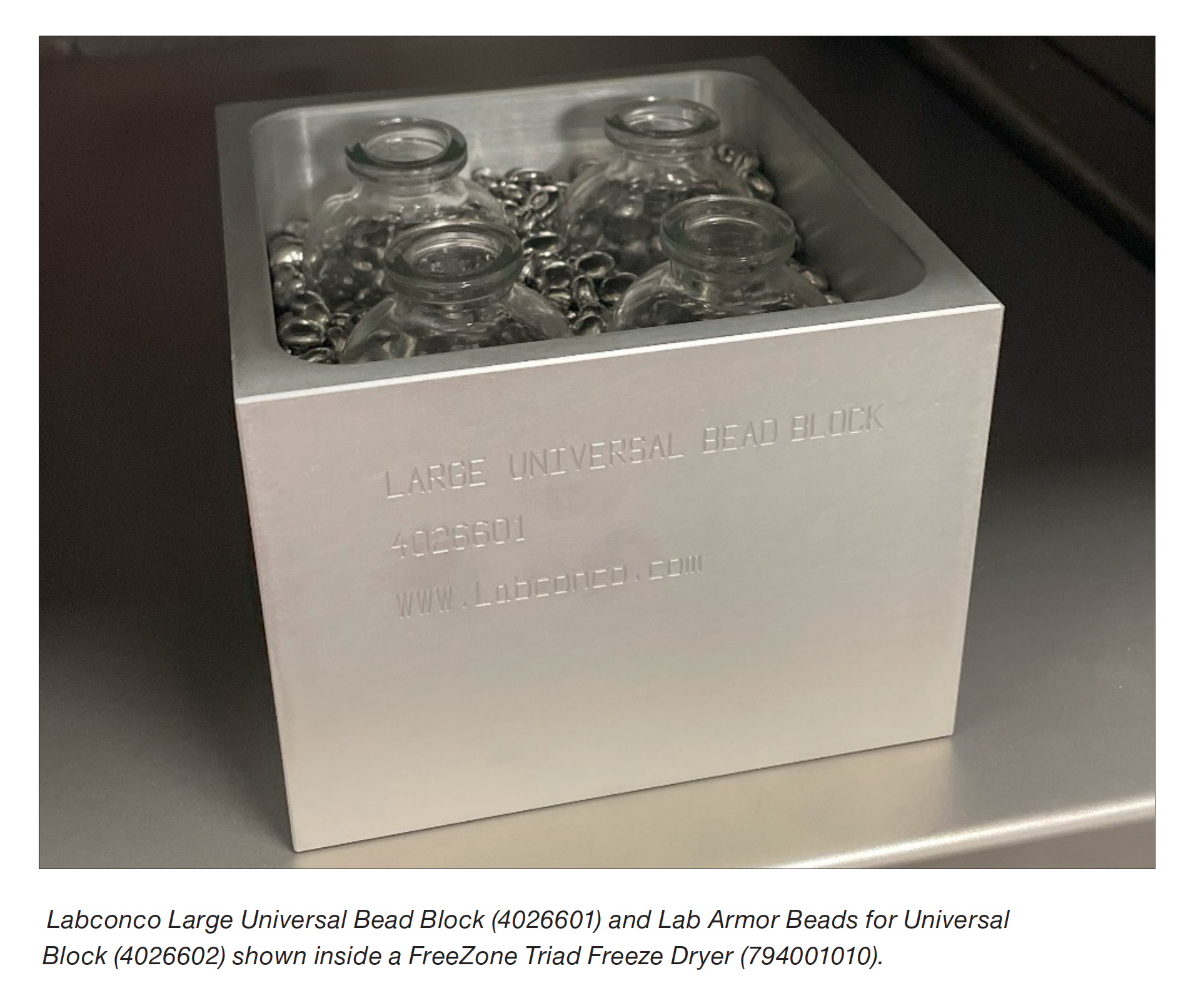Optimizing Freeze Drying for DMSO Solutions

Introduction
Dimethyl Sulfoxide (DMSO) solutions are widely used in various research and clinical environments due to their unique properties, such as the capacity to permeate biological membranes and act as a cryoprotectant 1,2. Freeze drying or lyophilization is a vital step for long-term storage and transport of DMSO solutions. However, the process presents challenges, primarily due to DMSO's low freezing point and its tendency to form eutectic mixtures with water 3. For successful lyophilization of DMSO water eutectic mixtures, a freeze dryer with a low temperature collector and temperature-controlled shelves capable of reaching and maintaining low temperatures is essential.
The phase diagram of a DMSO water solution provides essential insights into the eutectic properties, which is crucial for the development of precise freeze drying protocols. Gaining a comprehensive understanding the physical and chemical properties of DMSO water solutions is essential for effectively navigating the complex freeze drying process.
II. Freeze Drying DMSO Solutions Challenges
A 66% DMSO water solution has a freezing point of -73° C, which is a lower temperature than most conventional freeze dryers can achieve4. For optimal freeze dry results, it is recommended to maintain a collector temperature that is 15° C to 20° C colder than the sample’s freezing point. This low freezing point poses a significant challenge for successful sublimation. If the heat transfer during the sublimation phase is not controlled or the collector is not cold enough, localized regions of the sample may exceed the eutectic temperature, triggering a meltback situation.
This meltback could lead to the formation of a liquid phase at the sample's bottom, which is isolated from the vacuum by layers of partially freeze-dried material. This causes pressure to build up in this region, disrupting uniform drying and potentially compromising the integrity of the freeze dried product and the desired lyophilization cake5. Pressure build-up also poses a risk of a blow-out: The pressure within the isolated liquid phase can cause a rupture in the overlying freeze dried layer, ejecting the liquid and potentially contaminating other samples in the freeze dryer.
Mitigating meltback and pressure build-up demands precise freeze drying parameters for samples with low freezing point like DMSO. Controlled regulation of sample temperature is essential to ensure efficient sublimation while avoiding localized melting. This emphasizes the advantages offered by freeze dryers equipped with temperature-controlled shelves, such as Labconco's FreeZone® Stoppering Tray Dryers or FreeZone® Triad™ Freeze Dryers.
Download the complete article to continue reading.
| chevron_left | The Crucial Role of Glove Boxes in Lithium-Ion Battery Manufacturing | Articles | Time to Retire Your Pharmacy Isolator? | chevron_right |





